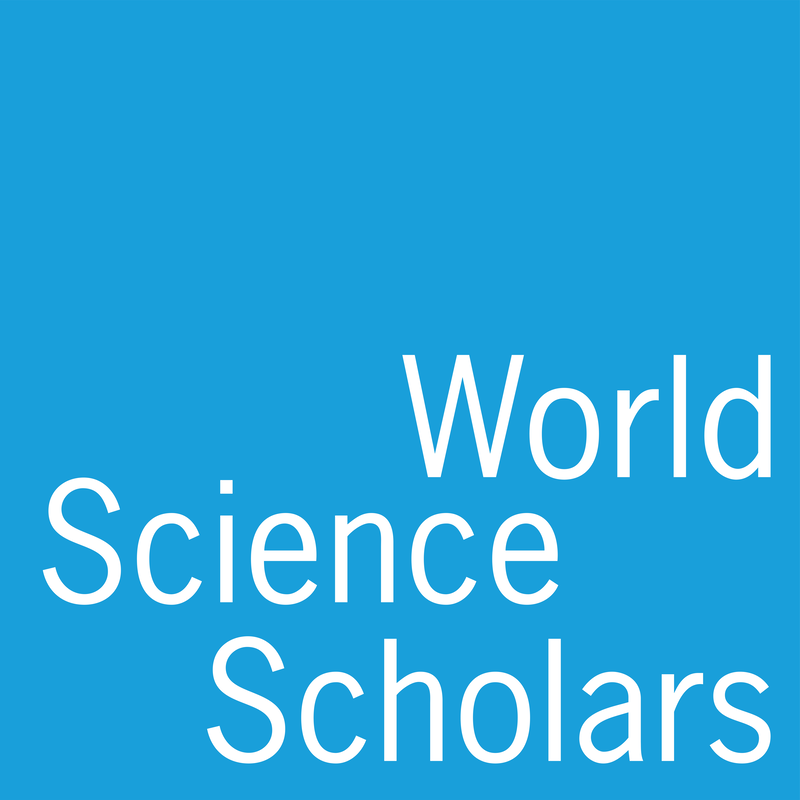World-Renowned Scientists
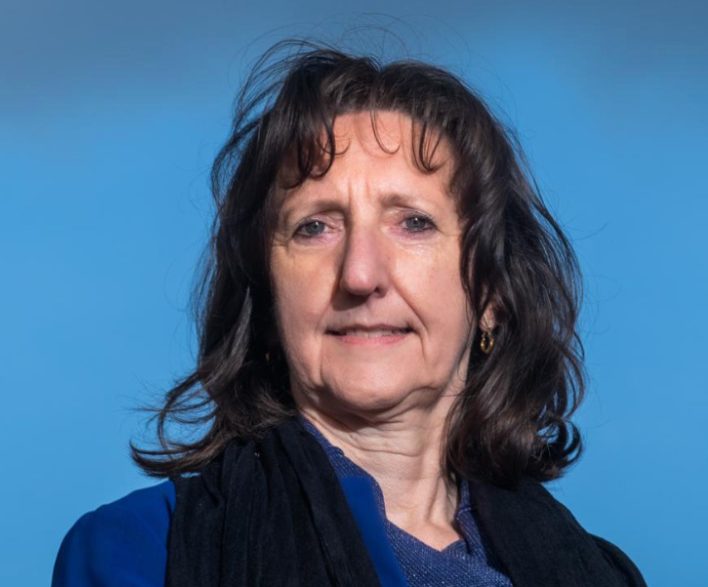
Conny Aerts
Professor Aerts has spent most of her career researching the structure and evolution of stars — especially the heaviest and brightest ones — pioneering studies in stellar rotation, convection and chemical-element transport. She has developed mathematical methods to identify non-radial stellar oscillations in spectroscopic data, and used machine-learning techniques to classify many kinds of variable stars using observations from the CoRoT, Kepler and TESS space missions. Among these objects, she has detected numerous so-called gravity-mode pulsators.
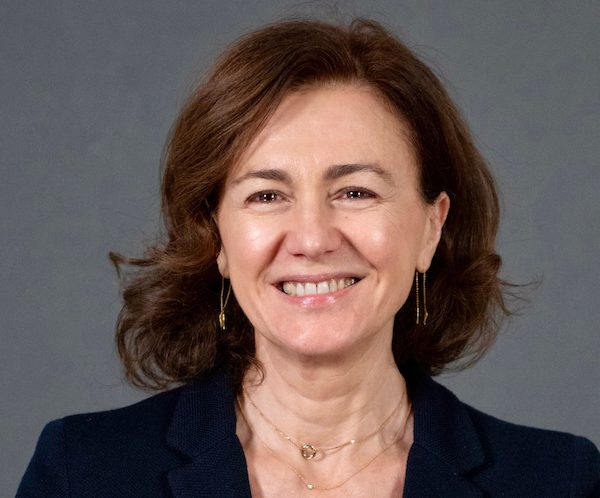
Cristina Alberini
Cristina Maria Alberini is a neuroscientist who studies the biological mechanisms of long-term memory. She is a Professor in Neuroscience at the Center for Neural Science in New York University, and adjunct professor at the Departments of Neuroscience, Psychiatry, and Structural and Chemical Biology at the Icahn School of Medicine at Mount Sinai in New York.
Her research focuses on understanding the cellular and molecular mechanisms underlying the stabilization, storage, and consolidation of long-term memories. Another part of her research involved the study of memory retrieval and reconsolidation.
In 2017 she was elected to the Dana Alliance for Brain Initiatives and awarded the Lombardy Region Rosa Camuna Award in 2019. In 2022 she was appointed as a Member of the American Academy of Arts and Sciences.
World Science Scholars Courses
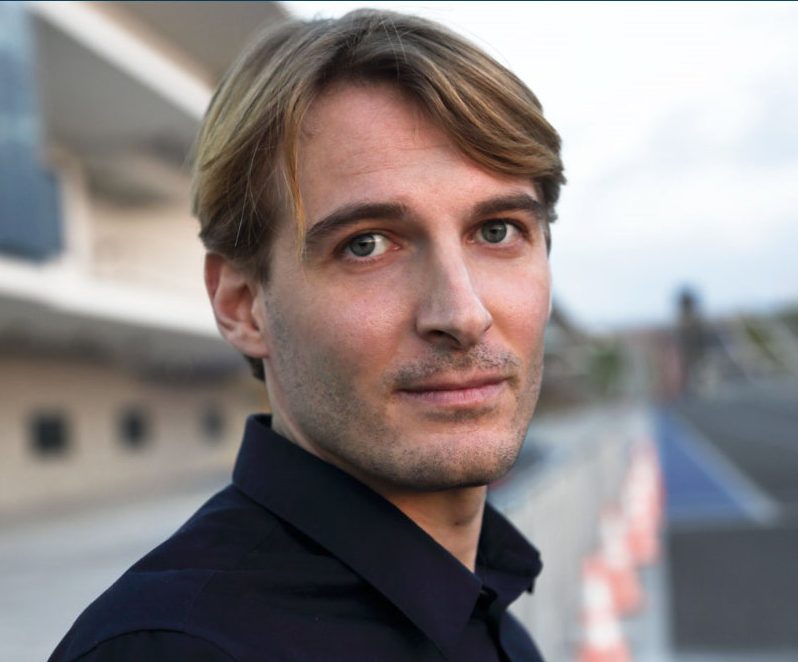
Andrea Alù
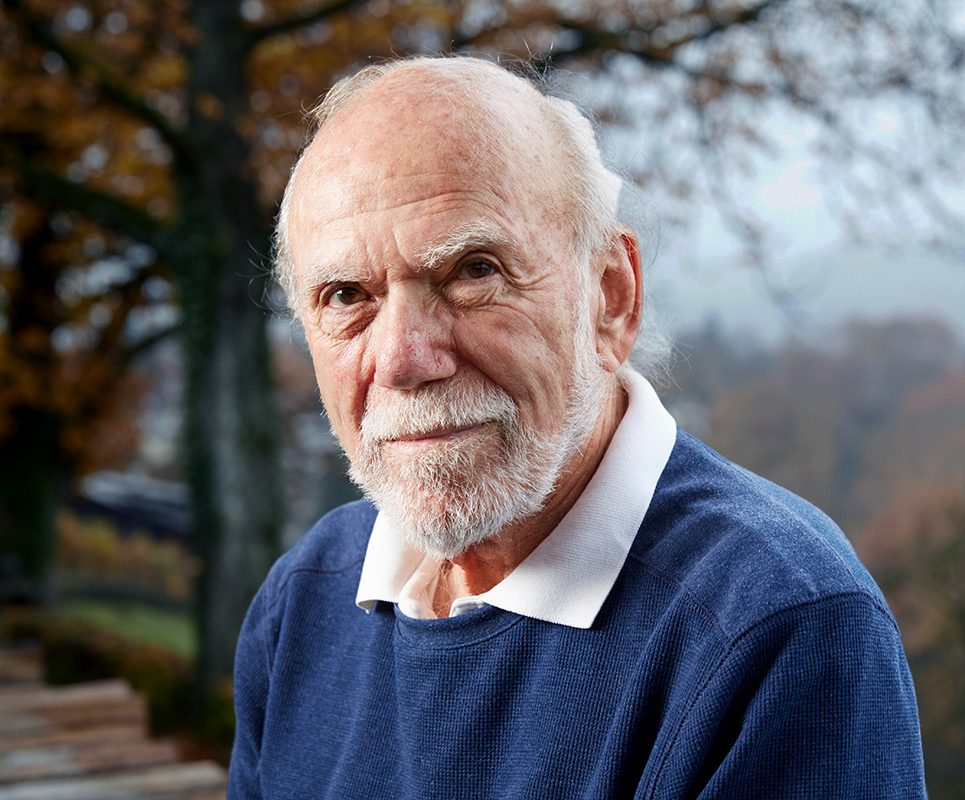
Barry Barish
Nobel LaureateBarry Barish is an experimental physicist and a Linde Professor of Physics, emeritus at California Institute of Technology. He became the Principal Investigator…
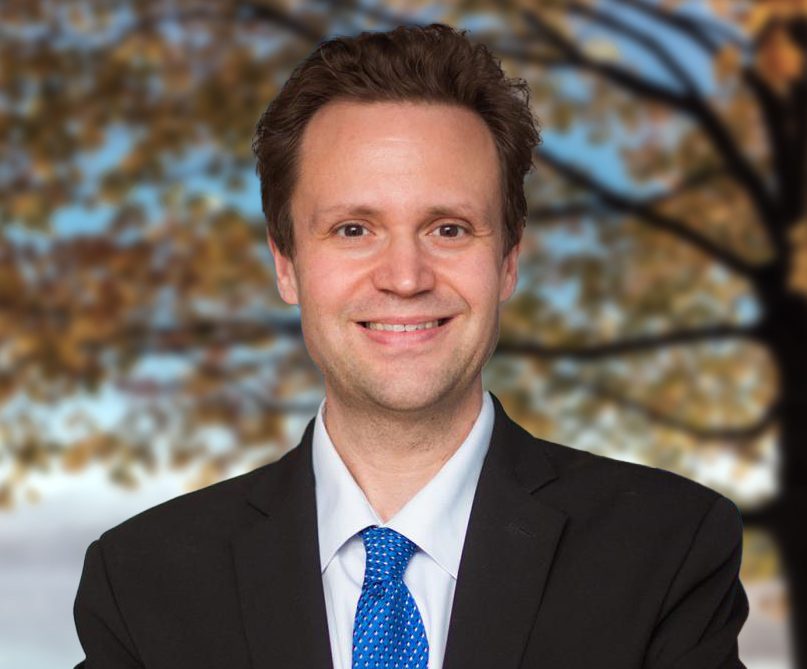
Markus Buehler
Markus J. Buehler is a materials scientist and engineer at the Massachusetts Institute of Technology. As a professor and the department head at MIT’s Department of Civil and Environmental Engineering, he leads the Laboratory for Atomistic and Molecular Mechanics (LAMM). His primary research focuses around materials science and mechanics of natural and biological protein materials (materiomics), how protein materials define our body and how they fail catastrophically (fracture, deformation, disease), large-scale atomistic modeling, protein based materials and biopolymers, interaction of chemistry and mechanics, bridging chemical scales to continuum theories of materials, modeling of bio-nano-materials phenomena, multiple-scale simulation, development and use of multi-scale simulation tools. His teaching activities center on the application of a computational materials science approach to understand functional material properties in biological and synthetic materials, specifically focused on mechanical properties. He has published several hundred scholarly articles on biomaterials design and modeling, material characterization and synthesis, and authored several books. He has received numerous awards and recognitions, including the Harold E. Edgerton Faculty Achievement Award for exceptional distinction in teaching and in research or scholarship, the highest honor bestowed on young MIT faculty.
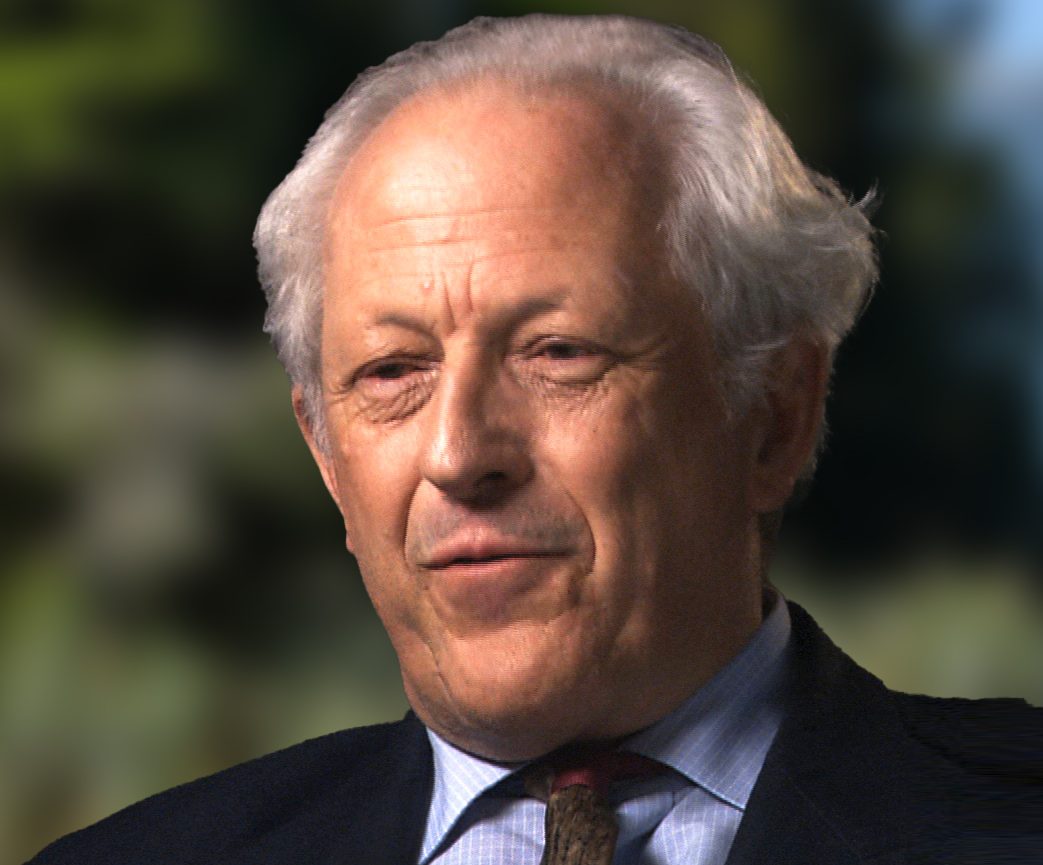
George Ellis
George Ellis is Professor Emeritus of Applied Mathematics at the University of Cape Town and investigates cosmology, the nature of time, and the emergence of complexity. He is the co-author with Stephen Hawking of The Large Scale Structure of Space Time. He is past president of the International Society of General Relativity and Gravitation and of the Royal Society of South Africa, a Founder Member of the South African Academy of Science, and a Fellow of the Third World Academy of Science and of the Royal Society, London. He has been awarded the Herschel Medal of the Royal Society of South Africa, the Star of South Africa Medal (awarded by President Mandela), the Templeton Prize (2004), the South African National Science and Technology Forum lifetime contribution award, the Academy of Science of South Africa Gold medal, and the Order of Mapungubwe (awarded by President Thabo Mbeki). One of his most recent articles regarding “top down causation and emergence: some comments on mechanisms” was published in Interface Focus.
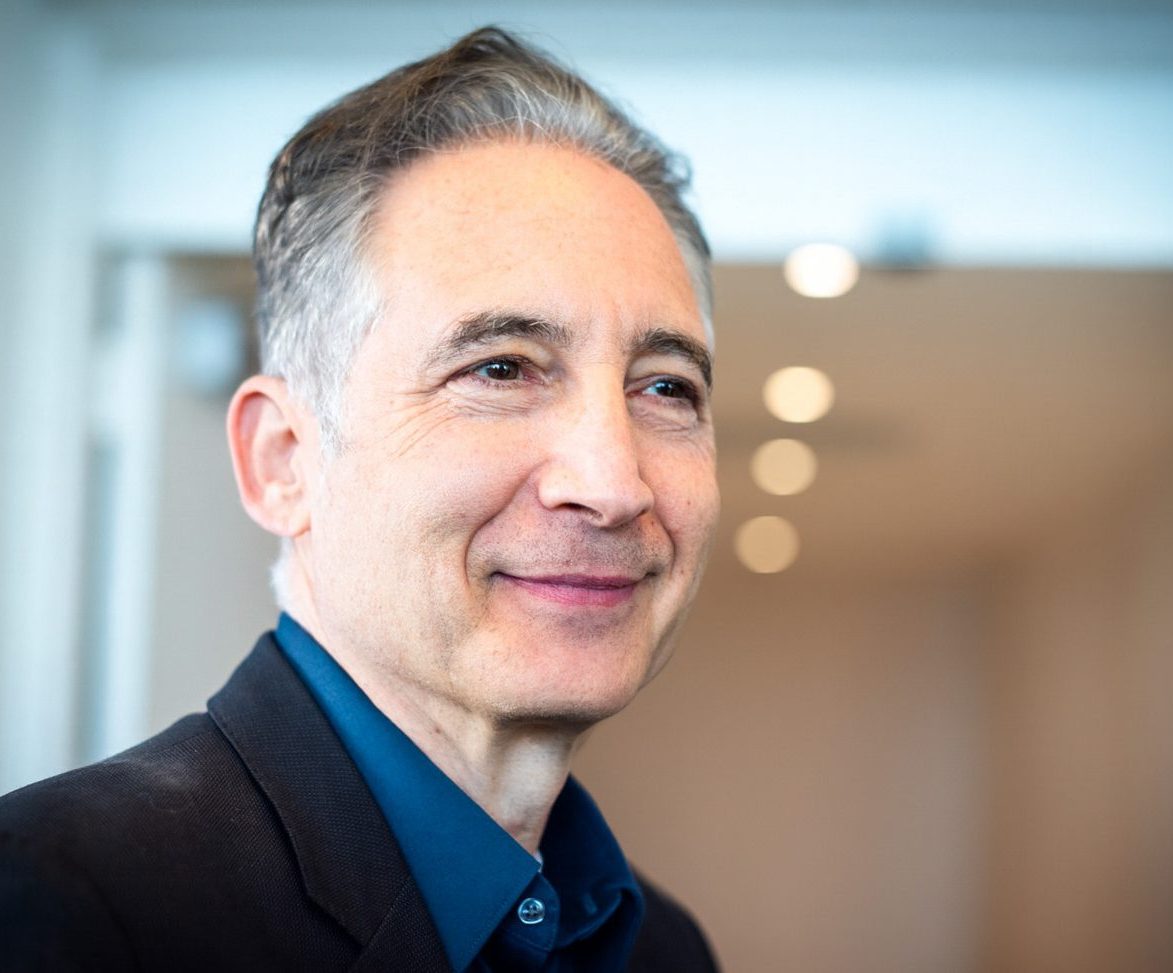
Brian Greene
Brian Greene is a professor of physics and mathematics at Columbia University, where he also serves as the director of Columbia’s Center for Theoretical Physics. Greene is recognized for a number of groundbreaking discoveries in his field of superstring theory, including the co-discovery of mirror symmetry and the discovery of spatial topology change. His books—The Elegant Universe, The Fabric of the Cosmos, and The Hidden Reality—have collectively spent over 67 weeks on The New York Times bestseller list, and were the basis of two award-winning NOVA mini-series, which he hosted. In 2008, Greene co-founded the World Science Festival, where he serves as Chairman of the Board. His latest book, Until the End of Time: Mind, Matter, and Our Search for Meaning in an Evolving Universe, was released in 2020.
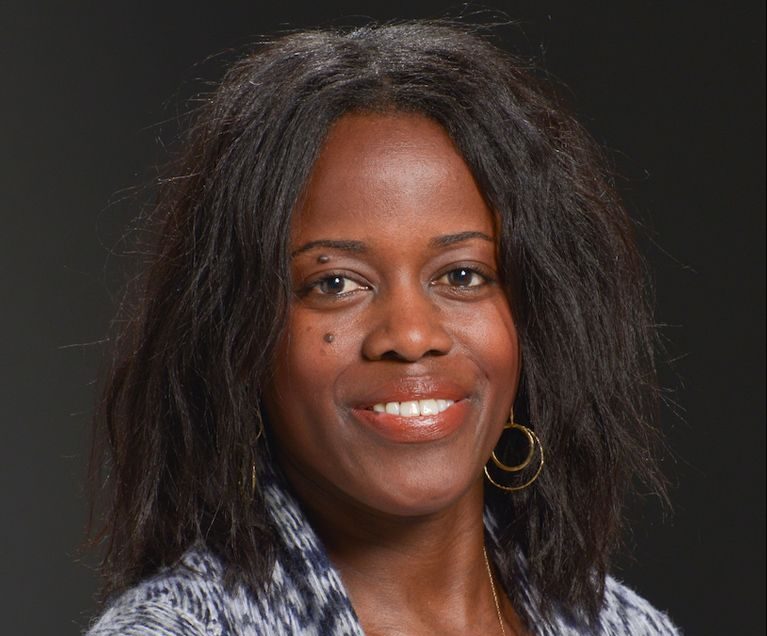
Mandë Holford
Mandë Holford is an Associate Professor in Chemistry at Hunter College and CUNY-Graduate Center, with scientific appointments at the American Museum of Natural History and Weill Cornell Medical College. Her joint appointments reflect her interdisciplinary research, which combines chemistry and biology to discover, characterize, and deliver novel peptides from venomous marine snails as tools for manipulating cellular physiology in pain and cancer. She has received several awards, including being named a “New Champion Young Scientist” by the World Economic Forum, the prestigious Camille Dreyfus Teacher-Scholar Award, an NSF CAREER Award, and she was recently named a Wings WorldQuest Woman of Discovery Fellow and a WEF 2020 Sustainability Pioneer. Holford is actively involved in science education, advancing the public understanding of science, and science policy. She is co-founder of KillerSnails.com, a STEM learning games company. She received her Ph.D. from The Rockefeller University.
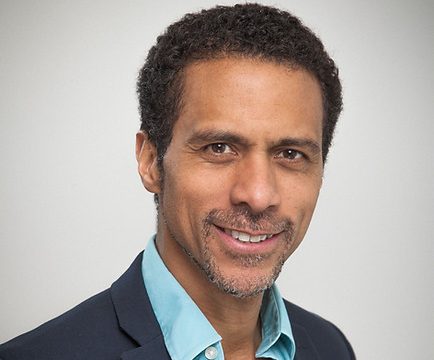
Erich Jarvis
Erich Jarvis is an American professor at Rockefeller University. He is the head of a team of researchers who study the neurobiology of vocal learning, a critical behavioral substrate for spoken language. By studying animals including songbirds, parrots, and hummingbirds, his research attempts to show that bird groups have similar learning abilities to humans in the context of sound, such as learning new sounds and then passing on vocal repertoires from one generation to the next. Jarvis focuses on the molecular pathways involved in the perception and production of learned vocalizations, and the development of brain circuits for vocal learning.
In 2002, the National Science Foundation awarded Jarvis the Alan T. Waterman Award. In 2005 he was awarded the National Institutes of Health Director’s Pioneer Award providing funding for five years to researchers pursuing innovative approaches to biomedical research. In 2008, Jarvis was selected as Investigator for the Howard Hughes Medical Institute.
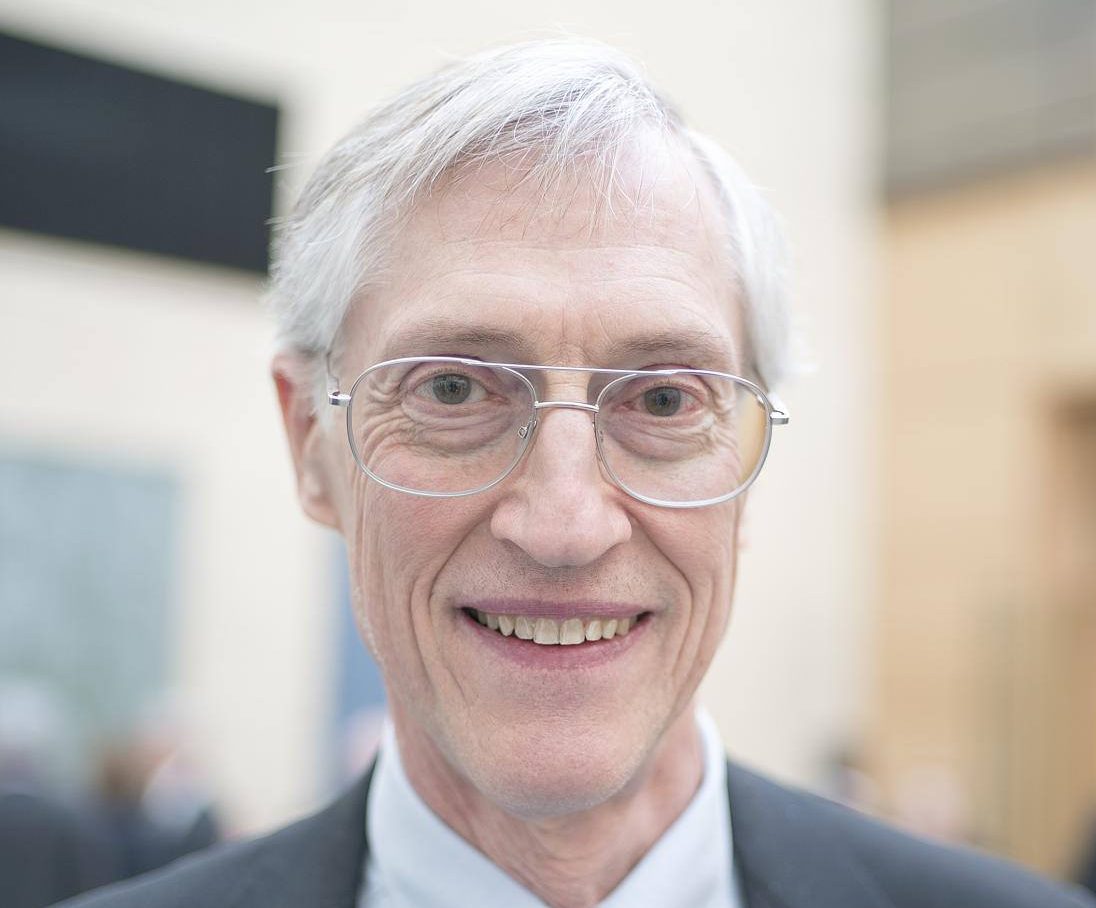
John Mather
Nobel LaureateDr. John C. Mather is a Senior Astrophysicist in the Observational Cosmology Laboratory at NASA’s Goddard Space Flight Center. His research centers on infrared astronomy and cosmology. As an NRC postdoctoral fellow at the Goddard Institute for Space Studies in New York City from 1974-76, he led the proposal efforts for the Cosmic Background Explorer. He served as the Study Scientist at Goddard Space Flight Center from 1976-88 and Project Scientist from 1988-98, and was also the Principal Investigator for the Far IR Absolute Spectrophotometer (FIRAS) on COBE. He showed that the cosmic microwave background radiation has a blackbody spectrum within 50 ppm.
As Senior Project Scientist (1995-present) for the James Webb Space Telescope, he leads the science team, and represents scientific interests within the project management. He has served on advisory and working groups for the National Academy of Sciences, NASA, and the NSF (for the ALMA, the Atacama Large Millimeter Array, and for the CARA, the Center for Astrophysical Research in the Antarctic). He has received many awards including the Nobel Prize in Physics, 2006, for his precise measurements of the cosmic microwave background radiation using the COBE satellite.

Vinod Menon
Vinod Menon is a Professor of Physics at The City College of New York (CCNY) and the Graduate Center of the City University of New York (CUNY). He directs the Laboratory for Nano and Micro Photonics (LaNMP), where his group investigates light–matter interactions at the micro- and nanoscale, including exciton-polaritons, quantum photonic devices, and two-dimensional materials. Menon received his Ph.D. in Physics from the University of Massachusetts Lowell and has published widely in peer-reviewed journals. He is recognized for his contributions to photonics research and is active in training graduate and undergraduate students in the field.
World Science Scholars Courses
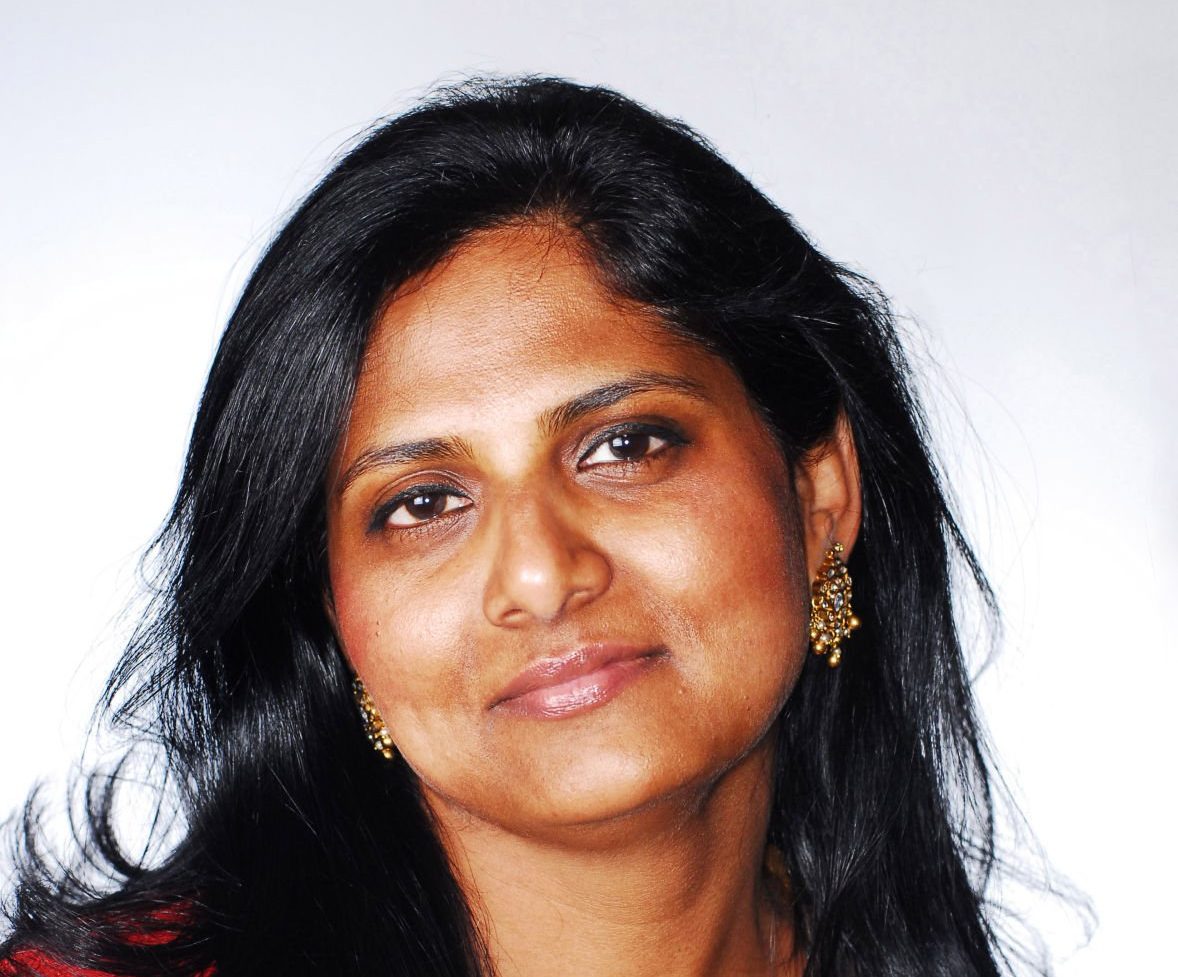
Priya Natarajan
Priyamvada Natarajan is a professor at the Department of Astronomy and Physics at Yale. She is a theoretical astrophysicist interested in cosmology, gravitational lensing, and black hole physics. One of her research projects involves mapping the detailed distribution of dark matter in the universe exploiting the bending of light en-route to us from distant galaxies. She also works on deriving and understanding the mass assembly history of black holes over cosmic time. She has proposed the formation of an early population of massive black holes—direct collapse black holes—and their observational consequences and detectability. Recipient of many awards and honors for her research including the Guggenheim and Radcliffe Fellowships, Natarajan also holds the Sophie and Tycho Brahe Professorship at the Dark Cosmology Center in Copenhagen and an honorary professorship for life at Delhi University, India. Her first book Mapping the Heavens was published in 2016.
